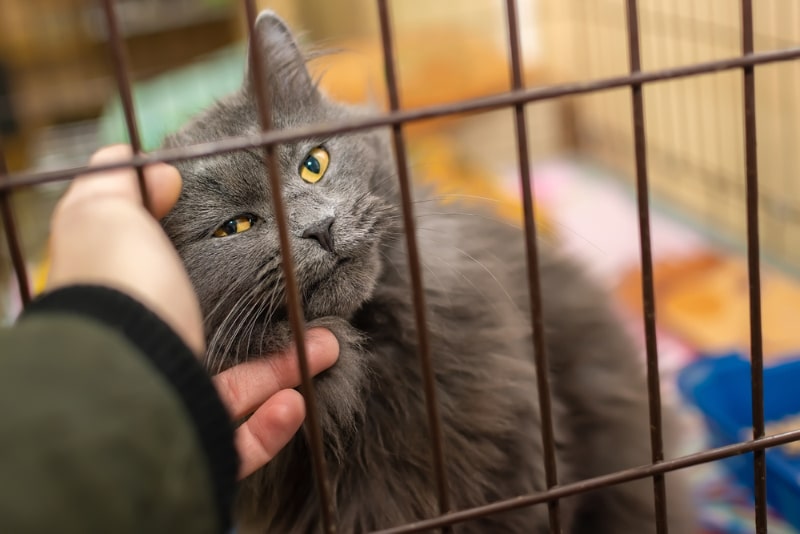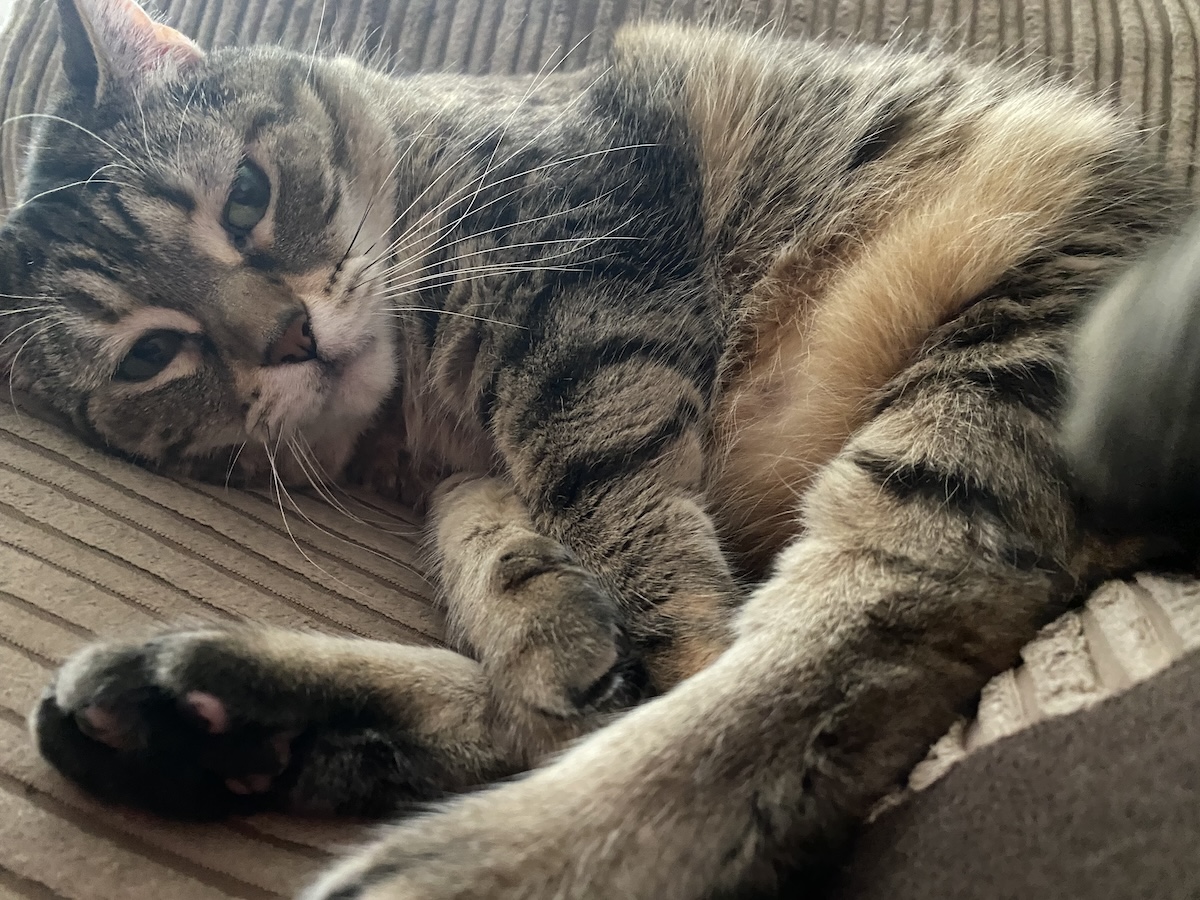Adopting a cat is an extremely rewarding experience that will not only enrich your own life but also save the life of an animal in need. If you’re debating whether you should adopt a kitty or buy one from a breeder, we can help. Read on to find 10 compelling reasons to visit your local animal shelter or rescue today.
The 10 Reasons to Adopt a Cat
1. Adopting Saves Lives
According to statistics from the ASPCA, approximately 3.2 million cats enter animal shelters in the United States annually.1 What’s more, 530,000 of the cats in shelters across America will be euthanized this year. While these numbers appear to be on the decline, they’re still staggering. When you adopt a kitty, you’re saving them from inevitable euthanasia and freeing up space for other cats in need until they can be welcomed into their forever homes.
2. You Know What You’re Getting
Many of the cats waiting for their forever homes in shelters are older, meaning their personalities are fully developed. When you choose to adopt an older kitty, you’ll know what you’re getting yourself into behavior-wise. When adopting a kitten, you never really know what their personality will be like when they’re old. Choosing to adopt from a shelter means you get to nitpick what traits you want your kitty to have. Do you want a companion that’s a bit more relaxed and snuggly or one with infinite energy? The shelter can provide insight into each cat’s unique personality traits and make suggestions about which will suit your needs best.
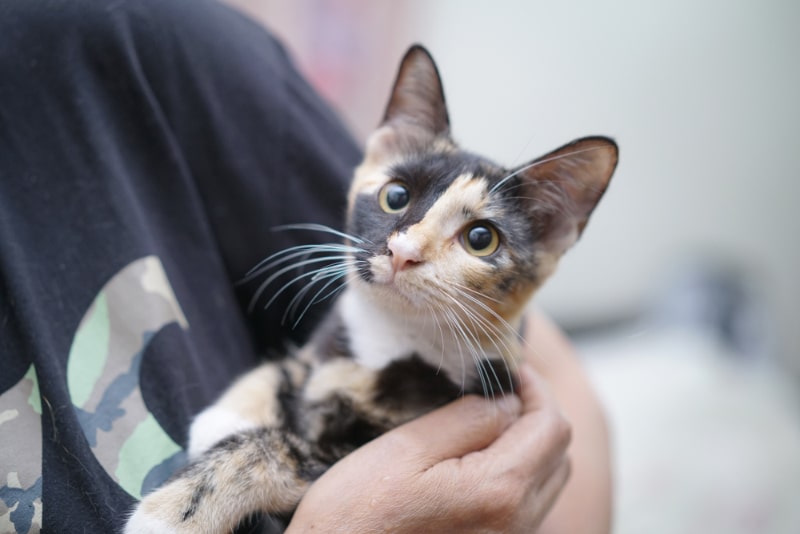
3. Your Cat Will Be Litter Trained
Most adoptables are on the older side, meaning they’ve already been trained to use the litter box and have had time to develop good behaviors. You won’t need to worry about teaching your kitty the ins and outs of litter box usage or fret about them having accidents throughout your home when they already know the basics.
4. Adopting Is Financially Responsible
Adopting a cat from a rescue or shelter comes with a much lower price tag than acquiring a kitty from a breeder would. Adoption fees typically include spaying, neutering, and vaccinations, which can add up to the hundreds if you were to be on the hook for them. Some rescues also include the cost of microchipping and will even send you home with toys and bags of food to help ease the transition.
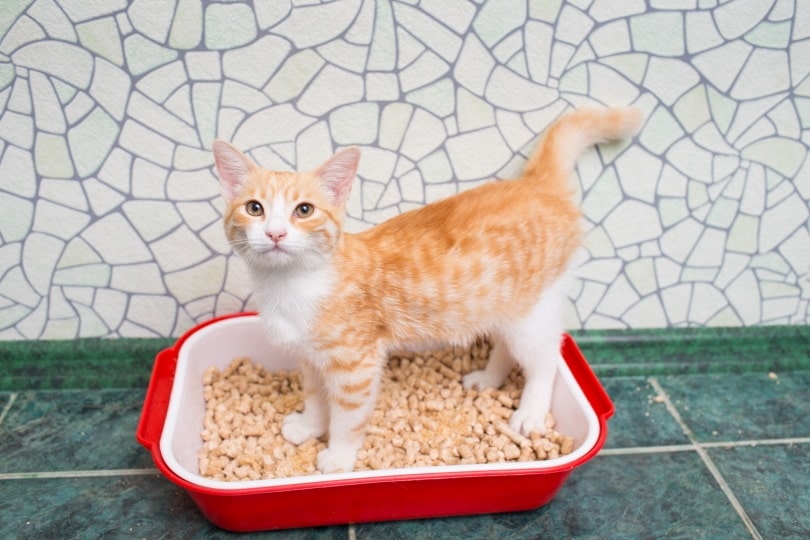
5. Your Cat Will Have a Clean Bill of Health
Responsible shelters ensure that their animals are taken to the veterinarian before being put up for adoption. When you adopt from a rescue, you get a guaranteed clean bill of health, so you know your new pet is healthy and ready to go to their forever home.
6. You’re Supporting Your Local Shelter
By adopting from your local shelter or rescue, you’re supporting an integral partner in your community. Your adoption fees will go toward helping more homeless animals find their forever homes. When these organizations have proper funding, they can spay and neuter more animals, thus lowering the number of strays on the street and reducing overpopulation.
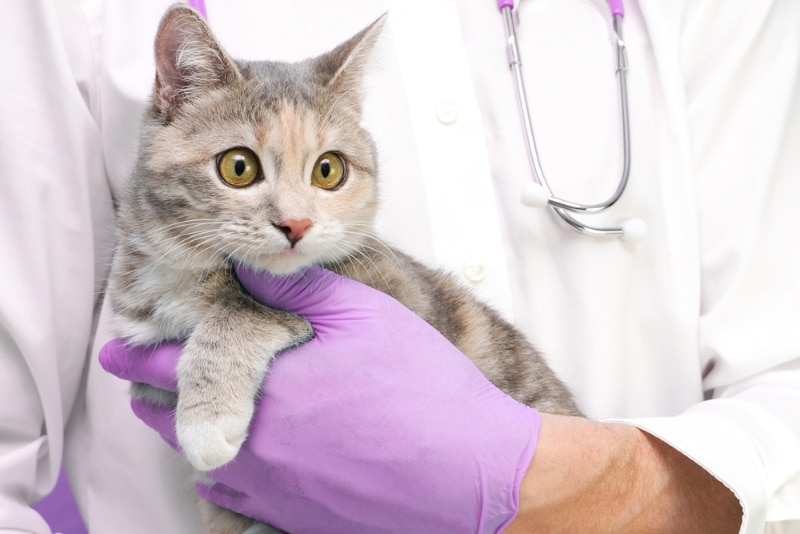
7. Rescued Pets Are Often Healthier
Most of the cats you’ll find at your local rescue for adoption are not purebred but instead domestic crossbreeds. While purebred cats are highly sought-after for their beauty, they are often unhealthier than their non-purebred counterparts.
Breeders are in the business of creating purebred cats for big money. These cats often cost thousands of dollars and may be at a higher risk of developing certain diseases. One study shows that purebred cats are more likely than their domestic crossbred counterparts to develop conditions like reproductive issues, lower respiratory tract infections, immunological disorders, surgical complications, and heart disease.
8. You’ll Have a Lot to Choose From
There is certainly no shortage of shelter cats anywhere in the world. You’ll have plenty to choose from if you’re searching for a cat with a particular appearance, age, or personality trait. We recommend using a website like PetFinder to start narrowing down your choices. This site acts as a database of available adoptables all over North America. Use their handy search engine to filter your results as it allows you to filter by breed, color, coat length, sex, age, whether the animal in question is good with kids/other animals, and how many days they’ve been waiting for their forever home.
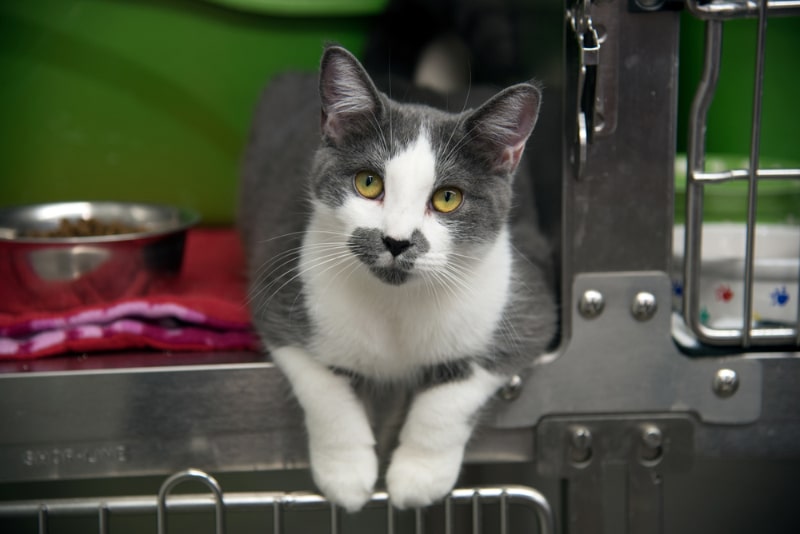
9. Cats Improve Your Mental Health
Countless studies exist touting the mental health benefits of cat ownership. One study from Australia shows that cat people have better psychological health than people without pets. Cat owners claim to have lower levels of psychiatric disturbances, feel happier, and are better equipped to face problems in their lives.
Cat owners are more likely than non-pet owners to say that their furry family members provide companionship and a calming presence in their home. It is well-known that pets reduce stress and anxiety.
10. Cats Can Improve Physical Health
Cats can decrease stress levels, making their owners less susceptible to certain health conditions, such as cardiovascular disease.
Additionally, children raised in households with cats may be less likely to develop food allergies as they age.2
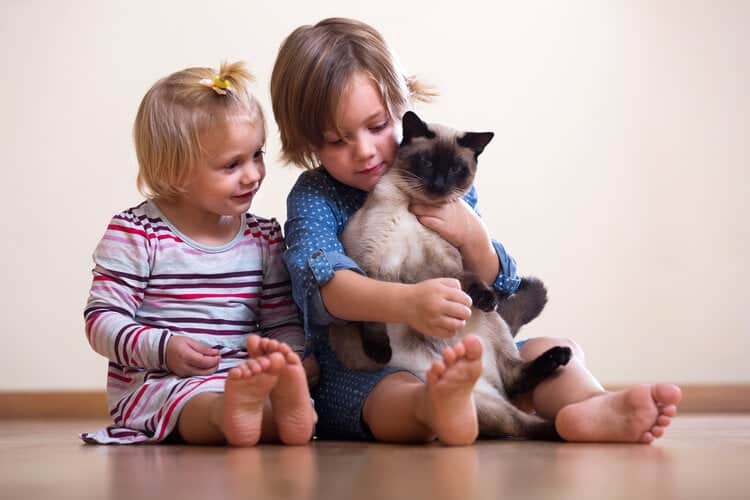
Final Thoughts
Adopting a cat is a great way to save a life while helping your local shelters and rescues continue to bring in more strays off the street to help them find their forever homes. Adopted cats are generally healthier than their purebred counterparts, and you get to pick which cat you want, so you’ll know exactly what they look like fully grown and what their personality is like.
Adopting is a rewarding experience that we recommend for every soon-to-be cat owner.
Featured Image Credit: Evgeniy Medvedev, Shutterstock
Contents
- The 10 Reasons to Adopt a Cat
- 1. Adopting Saves Lives
- 2. You Know What You’re Getting
- 3. Your Cat Will Be Litter Trained
- 4. Adopting Is Financially Responsible
- 5. Your Cat Will Have a Clean Bill of Health
- 6. You’re Supporting Your Local Shelter
- 7. Rescued Pets Are Often Healthier
- 8. You’ll Have a Lot to Choose From
- 9. Cats Improve Your Mental Health
- 10. Cats Can Improve Physical Health
- Final Thoughts

